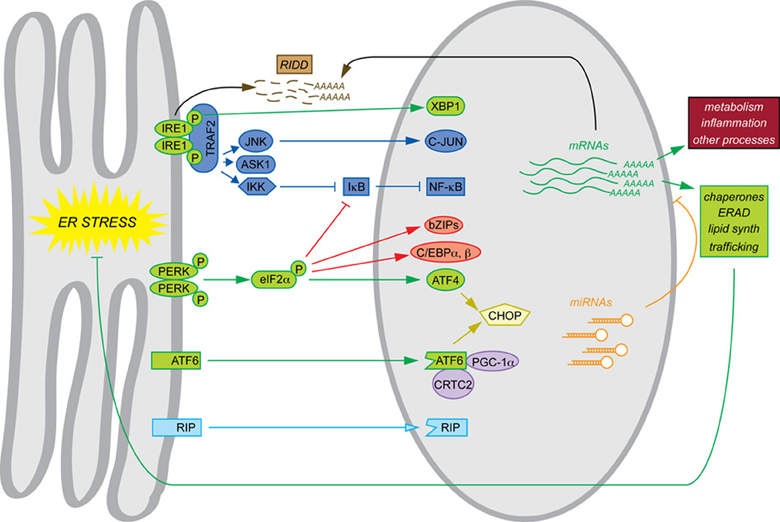

With this model, they can create much more complex structures than were previously possible. In the new paper, Bathe and colleagues report a computer algorithm that can take sequences of DNA scaffold and staple strands and predict the 3-D structure of arbitrary programmed DNA assemblies.

In 2011, Bathe and colleagues came up with a program called CanDo that could generate 3-D DNA structures, but it was restricted to a limited class of shapes that had to be built on a rectangular or hexagonal close-packed lattice of DNA bundles. This approach was later translated to three dimensions.ĭesigning these shapes is tedious and time-consuming, and synthesizing and validating them experimentally is expensive and slow, so researchers including Bathe have developed computer models to aid in the design process. Around 2005, scientists began creating tiny two-dimensional structures from DNA using a strategy called DNA origami - the construction of shapes from a DNA scaffold” strand and smaller staple” strands that bind to the scaffold. Other authors of the paper are MIT graduate student Matthew Adendorff and Professor Hao Yan and graduate student Fei Zhang, both of Arizona State University.īecause DNA is so stable and can easily be programmed by changing its sequence, many scientists see it as a desirable building material for nanoscale structures. The paper’s lead authors are postdoc Keyao Pan and former MIT postdoc Do-Nyun Kim, who is now on the faculty at Seoul National University. The precise nanometer-scale control that we have over 3-D architecture is what is centrally unique in this approach,” says Bathe, the senior author of a paper describing the new design approach in the Dec. The general idea is to spatially organize proteins, chromophores, RNAs, and nanoparticles with nanometer-scale precision using DNA. This design program could allow researchers to build DNA scaffolds to anchor arrays of proteins and light-sensitive molecules called chromophores that mimic the photosynthetic proteins found in plant cells, or to create new delivery vehicles for drugs or RNA therapies, says Mark Bathe, an associate professor of biological engineering. MIT biological engineers have created a new computer model that allows them to design the most complex three-dimensional DNA shapes ever produced, including rings, bowls, and geometric structures such as icosahedrons that resemble viral particles. An MIT news release written by Anne Trafton has announced major progress toward implementing both of these recommendations “ Computer model enables design of complex DNA shapes“:
#FRAMEWORK PROTEIN SCAFFOLD SOFTWARE#
Among the specific recommendations of the 2007 Productive Nanosystems Technology Roadmap are (1) the development of modular molecularĬomposite nanosystems (MMCNs) in which “million-atom-scale DNA frameworks with dense arrays of distinct, addressable, binding sites” provide scaffolds for organizing various nanoscale functional components (page x of Executive Summary of Productive Nanosystems: A Technology Roadmap PDF), and (2) “Prioritize modeling and design software as critical elements in the development and exploitation of, , and spinoff applications” (page ix of Executive Summary). DNA nanotechnology has remained important for a number of reasons. It seems that every month or two we write about another advance in structural DNA nanotechnology-the topic of the second (1995) Feynman Prize in Nanotechnology-most recently here, here, and here. Bottom row: designs by Keyao Pan (LCBB)/Nature Communications Top row: 3-D structural predictions generated using CanDo by Stavros Gaitanaros, a researcher in MIT's Laboratory for Computational Biology and Biophysics (LCBB), based on sequence designs provided by Fei Zhang of the Hao Yan Lab at Arizona State University.


 0 kommentar(er)
0 kommentar(er)
